Tag: Decade: 1970s
-

Les rendez-vous d’Anna (1978)
This essay was originally published at Mubi.
-
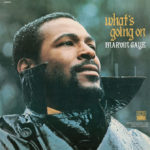
Inner City Blues
If I’m remembering theory notation correctly, the change for “Inner City Blues” is i-IV. Two chords. It opens with twenty-four straight measures of the minor root before finally changing to the major IV, where it stays for all of four measures before returning to the root. Would have bored me senseless a decade ago; now, I’ll be damned if that change ain’t transcendent. The song is a chant-like, soul-filled lamentation. An angry prayer.
-
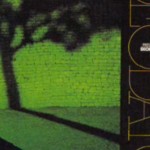
Also Sprach Zarathustra
I only know of Deodato because of Being There (1979). Hal Ashby drops his needle on “Zarathustra” during the long sequence near the beginning of the film when Chance leaves his now-dead employer’s estate and wanders, umbrella and suitcase in hand, through the streets of Washington, D.C.
-
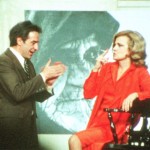
Fallen Creatures in a Fallen World: The Films of John Cassavetes
This essay was originally published at Sojourners.
-

Riff Raff
The Song of the Moment was supposed to be Mark Kozelek’s version of “Riff Raff” from What’s Next to the Moon, his album of Bon Scott-era AC/DC covers. Something in that combination of Kozelek’s voice and his tasteful acoustic guitar arrangements unearths the roots in AC/DC’s rock. That album is borderline bluegrass–not the arrangements or […]
-
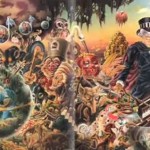
Captain Fantastic and the Brown Dirt Cowboy
Yeah, I know. There’s nothing less hip than Elton John, but while walking through Toronto last month, my iPod randomly landed on “Captain Fantastic and the Brown Dirt Cowboy,” and it was, at that moment, the single greatest song I had ever heard.
-

La Villa Strangiato
“Listen to this song,” he told us. “It’s the coolest.” Robbie was something of an authority on such things, and so I listened. Intently. Sitting stone upright on Dave’s bed. And Robbie was right. It was most definitely the coolest. This wicked keyboard sound introduced a simple, shuffling drumline.
-

South Side of the Sky
When I was 19 I played piano in a big band. One night, during a break, I started playing part of “South Side of the Sky” and within a minute the rest of the rhythm section joined in. It was really sloppy, but we made it from the end of the piano solo through most of the “la la la la la la la la” part.
-

Great Directors: Hal Ashby
This essay was originally published at Senses of Cinema.
-
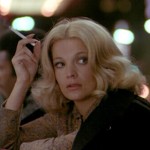
Carney on Minnie and Moskowitz
The greatest face in film history? Ray Carney on John Cassavetes’ Minnie and Moskowitz.
-
A Good Hard Rain
I first read Sam Shepard’s Buried Child five years ago in a graduate readings course in American drama. Last night I was finally able to experience it in performance, which, as is always the case with great drama, is a quite different thing.
-

Sneakin’ Sally
Robert Palmer has passed away. For years, I knew him only as the “Addicted to Love” guy, but then a friend with a killer CD collection moved into the dorm room across the hall from mine and fired up Sneakin’ Salley Through the Alley (1975). The first three songs on that album are as good as it gets. Of course, that might have more to do with his collaboration with Little Feat than with his own talent, but Palmer obviously had good taste.
-
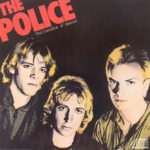
Next to You
These are dark days in K-town. On Saturday night, the Jack Astronauts played their farewell show at Manhattan’s in the Old City, and they will be missed. Along with their usual fare — loud, fast surf rock — they also threw in some great covers, including The Ramones’ version of “Happy Birthday” (for our friend’s 28th), “Ace of Spades” by Motorhead, and “Next to You” by The Police.
-
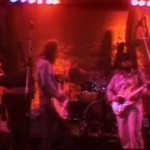
Little Feat Mix
Let me make this point perfectly clear: Little Feat is the great unsung American rock and roll band. The July mix is a collection of songs from their golden period — roughly 1972 – 1978 — the years when founder Lowell George was at his peak.
-

A Woman Under the Influence (1974)
It took me three tries to make it through John Cassavetes’s A Woman Under the Influence. I wasn’t bored by the film; I was in agony.
-
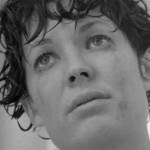
A Few Words Upon Discovering Cassavetes
John Cassevetes is my latest obsession. On a whim, I recently picked up a used copy of Faces, the story of Dicky and Maria Forst’s disastrous attempts to find peace and companionship outside of their loveless marriage. Shot entirely in stark, high-contrast black-and-white, and featuring Cassevetes’s trademark dialogue, Faces feels at times like a documentary — voyeuristic, discomforting, and brutally real.
-
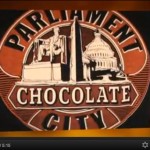
Chocolate City
And when they come to march on ya / Tell ’em to make sure they got their James Brown pass / And don’t be surprised if Ali is in the White House
-
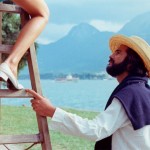
Claire’s Knee (1970)
Last night I watched Claire’s Knee (1970), the fifth entry in Eric Rohmer’s series of “Six Moral Tales.” This one is built around Jerome, an unusually self-absorbed rake (even by Rohmer’s standards) who spends the weeks leading up to his marriage on holiday at Lake Annecy. While there he meets an old acquaintance, Aurora, an […]
-
The Public Burning (1976)
At the site of the execution—fantastically transposed from Sing Sing to the middle of Times Square—Nixon appears with his pants around his ankles, fully erect, then brings the crowd to a riotous frenzy as history dissolves around them.
-
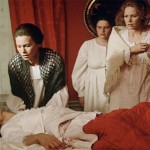
Cries and Whispers (1972)
Cries and Whispers is built from the simplest of premises: two wealthy women, both trapped in loveless marriages, return home to the family estate to comfort their dying sister.
-
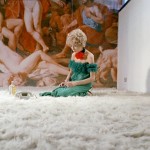
The Bitter Tears of Petra Van Kant (1972)
The title character (played by Margit Carstensen) is a successful fashion designer whose happiness has been shattered by the death of her first husband and by a bitter divorce from her second.
-
Buried Child (1978)
With his return, Vince takes on his legacy, the house itself and the secrets buried around and within it. He also takes on its pain.
-
The Basic Training of Pavlo Hummel (1971)
As is the case when I watch Full Metal Jacket, I find Pavlo Hummel much more interesting when viewed in this light—as an examination of “the eternal human pageant,” that constant process of interaction, performance, and construction.
-
Fefu and Her Friends (1977)
To be quite honest, I don’t get Fornes’s play. But in this case (as opposed to a few other works I’ve read which have left me similarly perplexed), I feel somewhat driven to figure it out. I’ve decided to begin with the first clue Fornes gives us, the title. Following are my general impressions of Fefu and her friends: